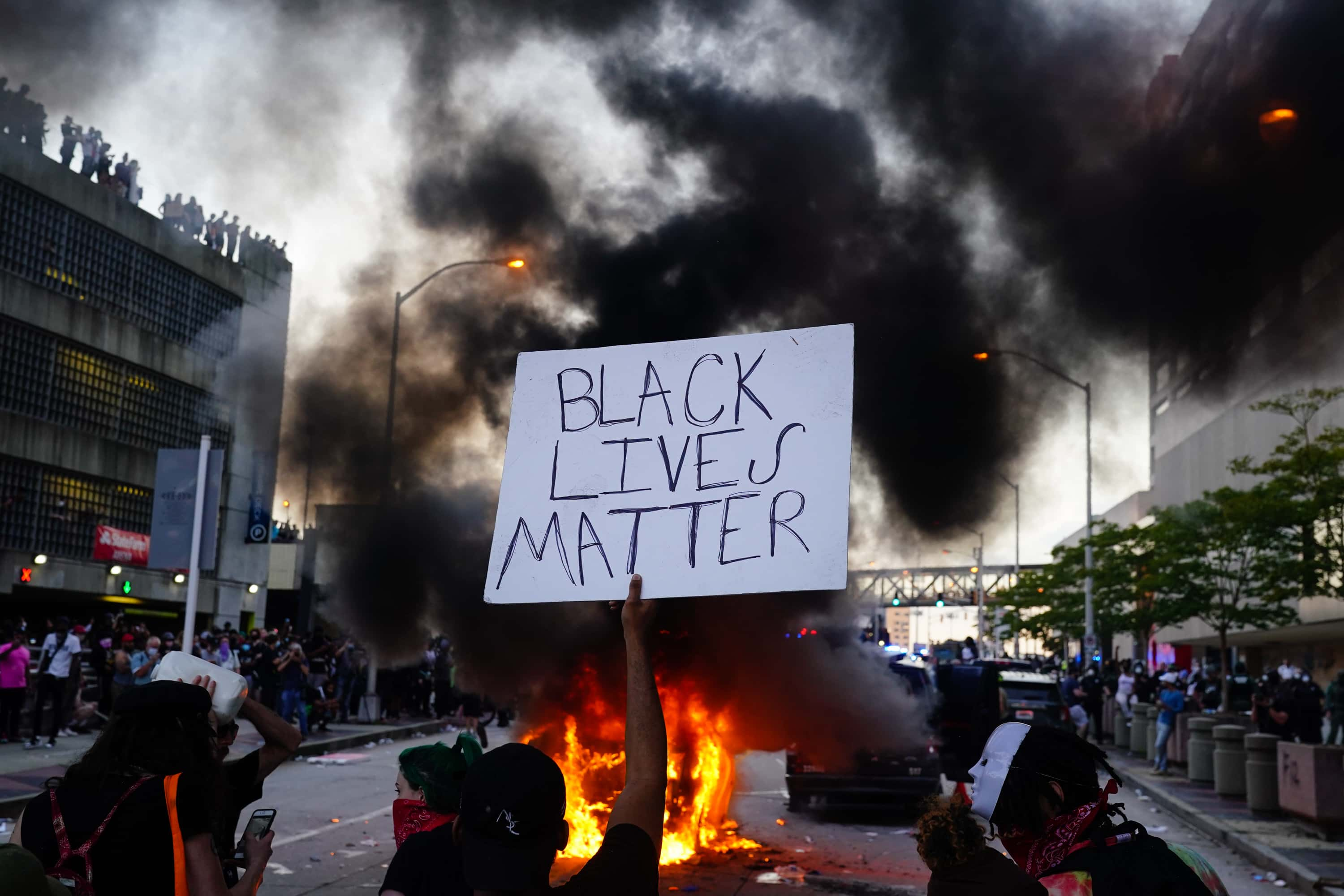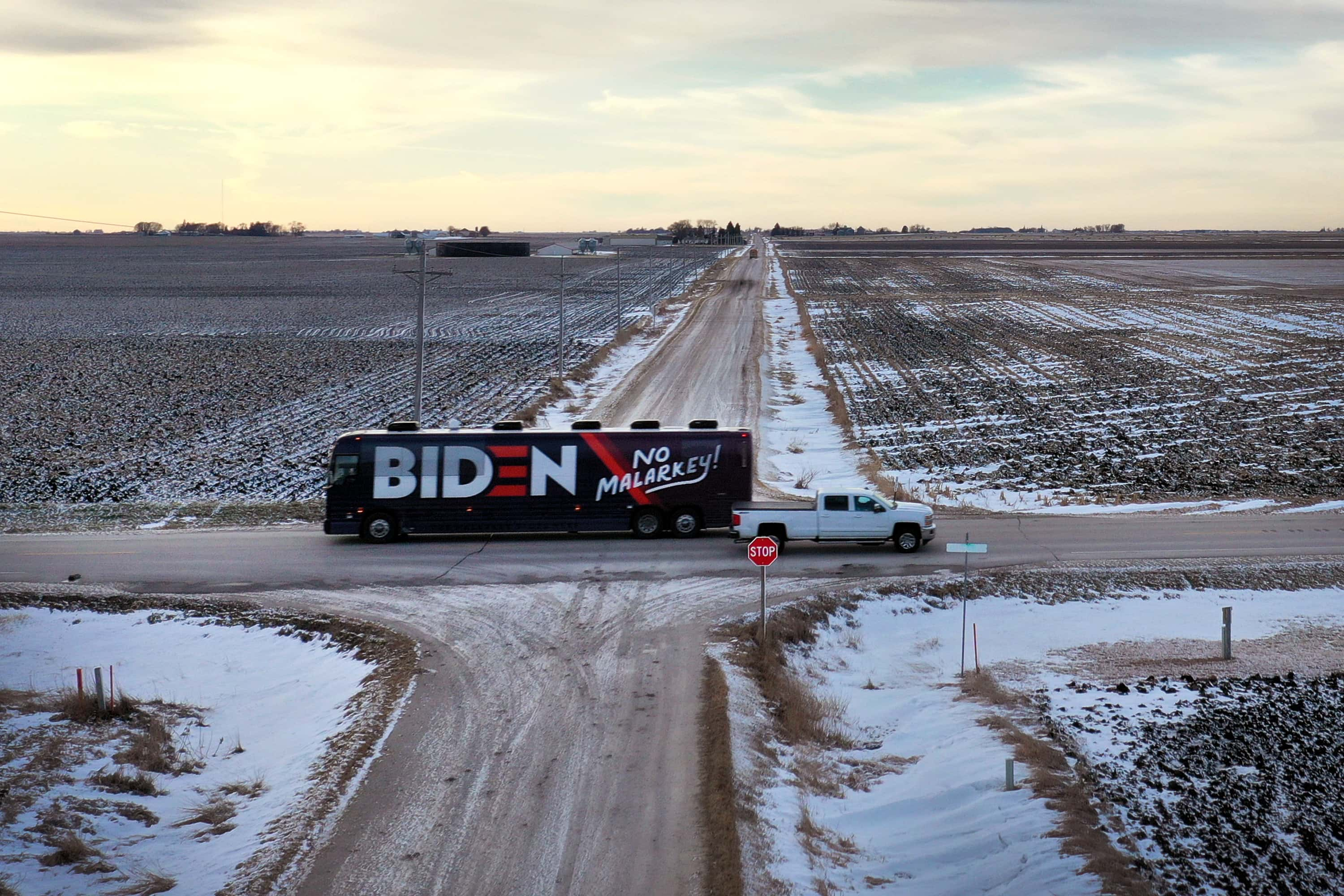Donald Trump vs Joe Biden: Does rural-urban divide impact political orientation? Study says 'geography' is key

One of the key aspects of major elections in the US is the rural-urban divide of the electorate. The phenomenon is not something new but experts are still trying hard to understand the cause and effect of the geographical gap in America clearly. Some studies by specialized groups even go on to suggest that more than individuals, it is the geographic locations that play a major role in creating the political divide.
Researchers have studied data of Gallup survey between 2003-18 to come to the conclusion that people’s location close to major urban centers (cities of at least 100,000 residents) and the density of the population of those centers decide their political beliefs. Experts have also opined that urban-rural differences in determining partisan political orientations are as common in the US as it is in other countries.
According to a new study by political scientists in Washington University in St. Louis, "geography plays a big role in partisanship" apart from other factors like age, race, gender, religious orientation, etc. It has said, for instance, that an individual’s chances of becoming a Democrat go down by 12 percentage points if he/she resides in a far rural location. Similarly, the chances of an individual residing in a densely populated location have 11 points more possibility of being identified as a strong Democrat compared to one who lives in a place with a sparse population.
More the distance from metropolitan areas, more the GOP stronghold
“The environment around us — the distance we live away from a metropolitan area and population density — shapes what we think about the political world and the partisan labels we adopt,” Bryant J. Moy, one of the researchers, has been quoted as saying by The Source, Washington University, in an article published in February this year.
The analysis showed that on average, Republicans generally live 20 miles away from a city while the Democrats live only 12 miles away. The Independents are those who reside at around 12 miles away. The study also showed that small-town residents tend to be conservative. Those living in rural areas tend to be more traditional in their thinking and less flexible towards new ideas, the study’s co-author, Andrew J Reeves pointed out.
“In rural, less populated areas, residents are more likely to know one another and talk with their neighbors. Those interpersonal relationships are highly influential and can create a social pressure to conform,” he said, adding: “There also is a lot of resentment on the part of rural residents toward urban communities. There is a common perception that cities receive more than their fair share of resources and look down on rural communities. The media helps enforce these beliefs with news coverage that predominantly focuses on big cities and the interests of urbanites.”
Those who live in the cities, on the other hand, are more open to liberal ideas and unconventional thinking. They also interact more with diverse fellow residents of the city and that promotes a culture of tolerance. Besides, they also remain anonymous which leads to the preservation of people’s private lives.
“There is a striking and significant association between the geography of residence and party identification,” Reeves was further quoted by saying in The Source article. “In both urban and rural settings, geography and population density seem to exert a socializing impact on partisan identification while perhaps also serving as a draw for movers seeking a fitting and compatible destination,” he added.
White, rural vote bloc helped Trump win in 2016
When one places the victory of President Donald Trump of 2016 against this backdrop, his success gets fairly explained. Four years ago, the rural-urban gap was particularly significant and it grew more compared to what it was in 2008 and 2012. Since the rural voters back the GOP more and their urban counterparts back the Democrats more, a bigger mobilization of the rural votes than the urban and suburban votes saw the election result going more in favor of Trump than his Democratic rival that year, Hillary Clinton. According to this NPR article from 2016, the Republicans’ share of the urban vote barely changed between 2008 and 2016, that of the Democrats plummeted by four points. In the suburbs, too, the GOP’s share did not change much but the Dems’ share fell by five points. In the rural areas, the gap was huge. While the GOP gained by nine points, the Democrats lost 11 points, paving the way for a Trump victory.
In 2020, too, these factors have their implications and the Democratic camp, which is well aware of it, has tried to make amends so that the party overcame the challenges fast. Trump, on the other hand, has seen his solid voter base among the rural White Americans suffering a blow, thanks to various factors like the coronavirus pandemic and its economic repercussions and the race movement in the wake of the brutal death of George Floyd in Minneapolis in May.
Pandemic, economy, race protests have hit Trump this time
As the pandemic broke out and the healthcare crisis that followed, the working class and rural communities faced the heat which put Trump’s presidency under more pressure. According to one expert, even the White people in the rural areas are tired of Trump because of the economic fallout of the pandemic. Several small businesses have been hurt, unlike the big ones that have yet made a comeback, adding to the anger against the administration. The race riots have also played their part in weakening Trump’s White voting bloc. The protest movements over Black injustice have made a rapid spread into the White, small-town America, particularly in those areas that made crucial contributions towards a Trump win four years ago.

In June, the Associated Press reported that more than 200 protest incidents happened across key states like Ohio, Michigan, Pennsylvania and Wisconsin -- many of them in cities with less than 20,000 residents -- as per the local media, organizers, participants and CrowdCount, an online tracking tool.
“That’s what’s so striking, that these protests are taking place in rural places with a white nationalist presence,” Lynn Tramonte, who grew up near Mount Vernon and monitored the Black Lives Matter demonstrations around Ohio, was quoted as saying by the AP report. Trump has also sensed alienation from the women of the suburbs and last month, was seen begging them to like him at a rally in Pennsylvania. The White women, who voted overwhelmingly for the incumbent in the 2016 election despite the ugly audio leak, started shifting away from Trump as it was evident during the 2018 midterm polls and the GOP and this year, it is even more visible, thanks to the president’s chaotic style of working and words and records that often demean women.
Biden has made extra efforts to win the rural votes
While Trump has struggled to mobilize the White, rural America the way he did four years ago, the Bien campaign has tried to capitalize on the same. Nobody really expected Biden to straightaway win the rural votes but his strategists and supporters have made extra efforts to cash in on that aspect by attacking Trump’s economic agenda and chaotic response to the pandemic that has ripped lives in rural America.

“Let’s be fair, the president makes it real easy to be against his policies — it’s like shooting fish in a barrel,” Christopher Gibbs, a former USDA employee and GOP voter, was quoted as saying by POLITICO in a report published in recent months. Gibbs recently founded Rural America 2020, a grassroots organization aimed at rallying rural voters. The group has done a service to Biden’s rural mission by bringing billboards and ads in the Midwest highlighting the dubious effects of the president’s trade agenda.
Even during the Democratic National Convention that took place in August, the Biden camp organized a “virtual symposium” to talk over issues that have hit the rural people, including trade, climate change, inequality, etc. Even the DNC’s Rural Council was given the floor to show how serious the Democrats are to win the rural votes.
In the see-saw battle that this year’s election is witnessing, the rural votes could eventually make the big difference in separating the winner from the loser in key states.
Reeves, however, added that the Democrats still have a disadvantage in flipping the rural electoral set-up overnight. He predicted that with the party showing signs of tilting to the Left, the rural voters who are more resistant to progressive ideas might not endorse them with an open heart. If the Democrats decide to settle more as a party of the urban progressives, then it will continue to witness a disadvantage in the rural areas. The party yet did well to pick a moderate this time for the election and it will be interesting to see if it goes for more progressive faces to spearhead it in the upcoming elections.










